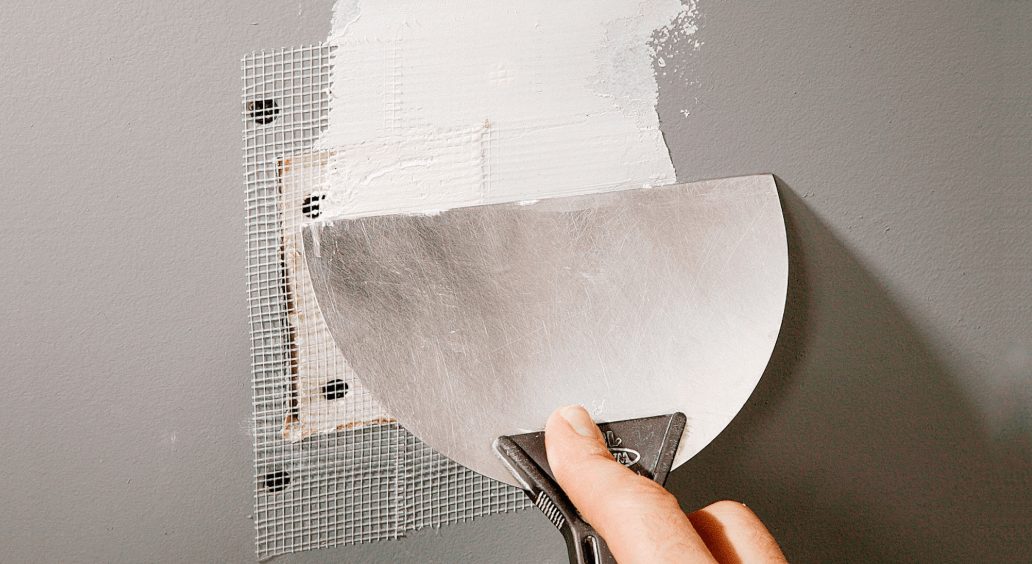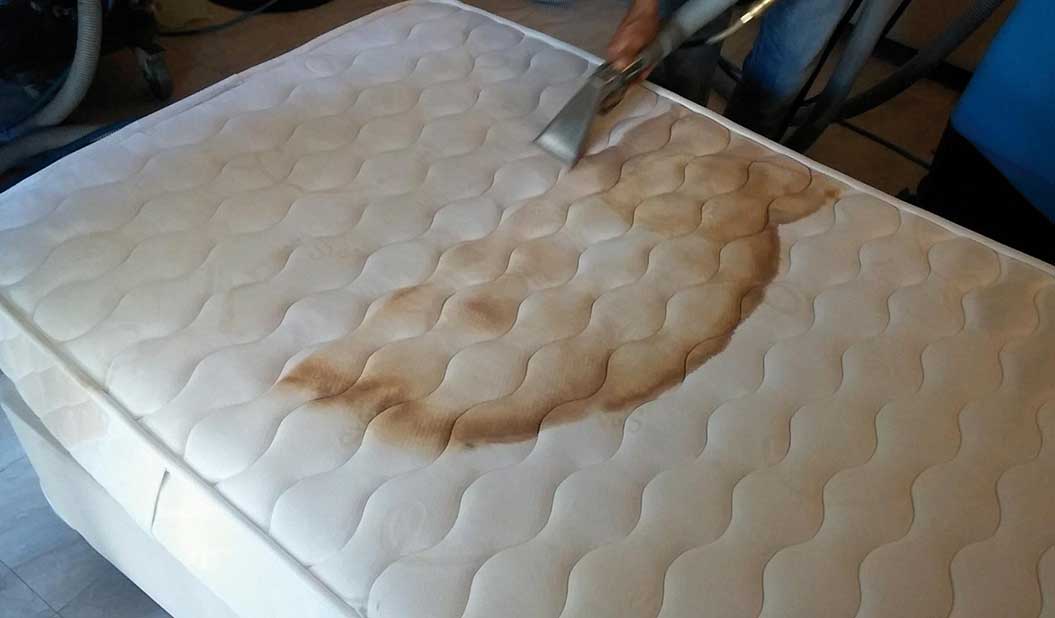Ceiling fans are found in many homes and they help provide comfort and style. A big question every homeowner asks is: can a ceiling fan save money on your energy bill? The short answer is yes but you should fully understand how ceiling fans affect energy consumption and efficiency to allow homeowners to maximize benefits.
How Ceiling Fans Affect Temperature Perception
Ceiling fans do not cool the room, per se. They create more of a breeze than anything else and the surrounding air feels cooler. This cooling effect happens because moving air causes sweat to evaporate more rapidly, allowing people in a room with fans to feel chillier with no change in the room’s temperature itself. Ceiling fans can make you feel cooler at higher thermostat settings by increasing air circulation. This is the area where they might save energy.

Reducing Air Conditioning Costs
Ceiling fans help lower energy bills by raising the thermostat setting of your air conditioning system. If a ceiling fan is used right alongside an air conditioner, it means the cool air you’re already making gets moved to every corner of your room. Therefore, you can set your thermostat to a higher temperature and still feel cool. For example, raising your thermostat temperature by 2-4 degrees while using a ceiling fan can still provide the same comfort. An A/C is one of the biggest users of household power, so making a minor change here can affect cooling expenses.
Optimizing Fan Usage
Ceiling fans can also help you save energy in your home and stay cool. While you are out of the room, Turn off the fan. Traditional Ceiling Fans Traditional ceiling fans cool people, not spaces, so running a fan in an empty room is a waste of money. Also, make sure that your room fan has been estimated for the correct size to maximize its airflow. This means a fan that is too small for the space will not circulate enough air, while one too large for a small room may create an unpleasant breeze.
Using Ceiling Fans in Winter
During the colder months, another huge energy-saving opportunity is ceiling fans. Most fans, however, also come with a reversible motor option that allows the blades to turn in the opposite (reverse from their summer setting at least) direction. Closer to winter time, letting the blade surface sink on a low clockwise level forces warm air back down from the ceiling. This re-circulating of the air also feels warmer, which can create a higher feeling, so that you can turn down the thermostat and save energy. Ceiling Fans In Winter Proper use of ceiling fans in winter can offer additional energy-saving and comfort.
Maintaining and Upgrading Your Ceiling Fan
How well your ceiling fan can help reduce energy bills also depends on how often you engage in its regular maintenance. If dirt gathers on the fan blades, this can negatively affect airflow. Also, make sure that your fan is balanced well and not wobbling when on as it can show that the fans are not operating properly. Upgrading to a new model of ceiling fan with energy-efficient motor and high-tech features. Ceiling fans today are planned to be increasingly proficient and have a bigger capacity than prior models.
The Bigger Picture
While ceiling fans can help cut energy bills, they are only one piece of the overall energy-conservation puzzle. Doing things to reduce energy use — like making sure your house is well-insulated and weather-proofed and that you run heating/cooling systems efficiently — can help save pounds. Also, keep in mind that ceiling fans are most efficient when operated along with a good energy conservation practice. For example, installing low-energy replacements for light bulbs and keeping your HVAC system in top working order can help lower those costs further and make for a more comfortable home life overall.
While it is true, ceiling fans can reduce your energy costs by simply making you feel more comfortable and enabling you to dial up the thermostat, thus saving money on AC. In the winter, they also provide benefits by aiding in the distribution of warm air more evenly. Achieve the most out of your ceiling fans by using them correctly, servicing them regularly, and replacing your fans with more energy-efficient models. However, if you follow this advice and use it with other strategies to improve energy efficiency, then ceiling fans can be a great way to reduce your cooling costs.








